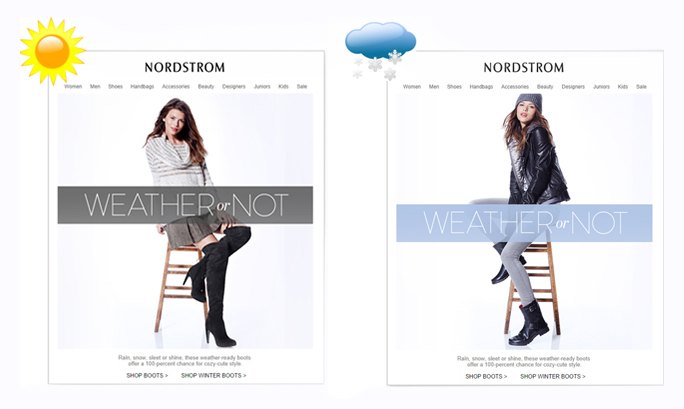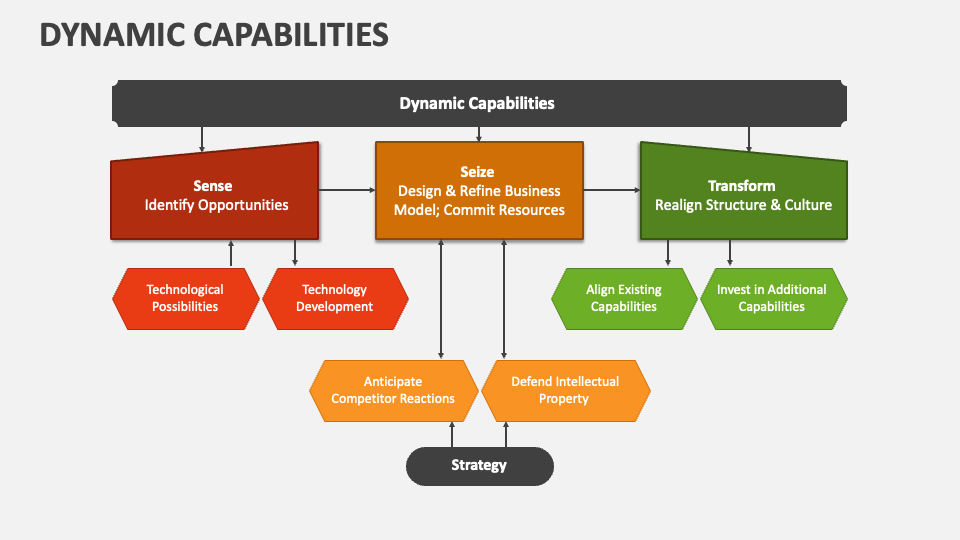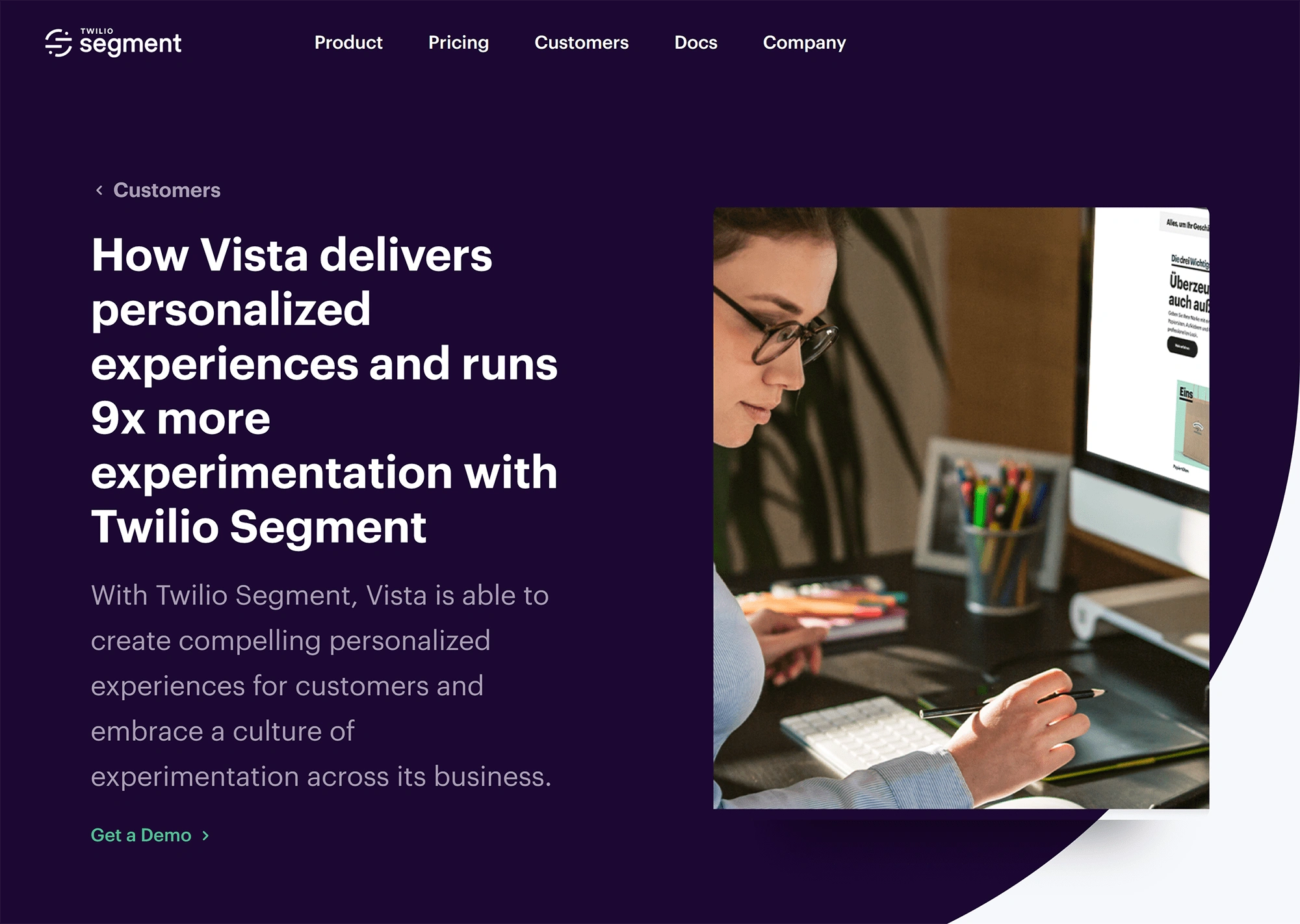
In the ever-evolving digital landscape, personalization has become a critical tool for content creators and marketers alike. With the average user overwhelmed by an endless stream of content, standing out requires more than just quality writing—it demands relevance. This is where dynamic content comes into play. By tailoring blog posts to individual readers based on their preferences, behavior, and data, you can create a more engaging and memorable experience.
This article will guide you through the process of implementing dynamic content on your blog. You’ll learn how to use personalized elements such as location-based information, user-specific recommendations, and interactive features to boost engagement, increase time spent on your site, and ultimately drive conversions. Whether you’re a seasoned blogger or just starting out, these strategies will help you take your content to the next level.
What Is Dynamic Content and Why It Matters
Dynamic content refers to content that changes in real-time based on user data, such as location, browsing history, device type, or previous interactions with your website. Unlike static content, which remains the same for all users, dynamic content adapts to each reader, making the experience more relevant and personalized.
For bloggers, this means you can:
- Show different headlines or images based on the reader’s location.
- Recommend related articles based on what they’ve previously read.
- Display tailored calls-to-action (CTAs) depending on the user’s stage in the buyer’s journey.
According to a 2021 McKinsey report, 71% of consumers expect personalized experiences, and 76% are more likely to consider a purchase when content is tailored to them. These stats highlight the growing importance of dynamic content in modern blogging.
How Dynamic Content Impacts Blog Engagement
Dynamic content isn’t just about making your blog look better—it’s about creating a more meaningful connection with your audience. Here’s how it affects key metrics:
- Increased Time on Page: When readers see content that speaks directly to them, they’re more likely to stay longer and explore further.
- Higher Conversion Rates: Personalized CTAs and product recommendations can significantly improve click-through rates and lead generation.
- Improved SEO: While dynamic content can complicate SEO, using tools like dynamic rendering ensures search engines can still index your pages effectively.
By integrating dynamic elements, you can also enhance user experience (UX) and build stronger relationships with your readers.
Step-by-Step Implementation Framework
Implementing dynamic content on your blog doesn’t have to be complicated. Follow this framework to get started:
1. Define or Audit the Current Situation
Before you begin, assess your current blog setup. Ask yourself:
- Do you have access to user data (e.g., location, browsing behavior)?
- Are you using a content management system (CMS) that supports dynamic content?
- What types of personalization would resonate most with your audience?
Tools like Google Analytics, Hotjar, and CRM platforms can help gather the data you need.
2. Apply Tools, Methods, or Tactics
Depending on your CMS, you can implement dynamic content in several ways:
- Location-Based Personalization: Use geolocation data to show local news, events, or recommendations.
- Behavioral Recommendations: Suggest related articles based on what the user has previously read.
- Dynamic Headlines and Images: Change the headline or featured image based on the user’s interests or device type.
- Interactive Elements: Add quizzes, polls, or calculators that adapt to the user’s input.
For example, if a user lands on your blog from a mobile device, you could display a shorter, more scannable version of the post.
3. Measure, Analyze, and Optimize
Once your dynamic content is live, track its performance using analytics tools. Key metrics to monitor include:
- Bounce rate
- Average session duration
- Click-through rate (CTR)
- Conversion rate
Use A/B testing to compare different versions of your content and refine your approach over time.
Real or Hypothetical Case Study
Let’s say you run a travel blog that attracts readers from around the world. Without personalization, every visitor sees the same homepage, featuring a generic list of popular destinations.
Now imagine implementing dynamic content:
- Visitors from Europe see a curated list of European travel tips and destination guides.
- Readers from Asia see content focused on Asian travel experiences.
- Users who previously viewed beach vacations receive suggestions for tropical getaways.
As a result, your bounce rate drops by 25%, and time on page increases by 40%. Your readers feel understood, and your blog becomes a go-to resource for personalized travel advice.
Tools and Techniques for Dynamic Content
To implement dynamic content on your blog, you’ll need the right tools. Here are some of the most effective options:
- WordPress Plugins – Plugins like WP Dynamic Content or Custom Content Types allow you to create dynamic elements within your posts.
- HubSpot – Offers advanced personalization features for blogs, including dynamic CTAs and content recommendations.
- Optimizely – A powerful A/B testing and personalization platform that works well with blogs.
- Adobe Target – Ideal for enterprise-level blogs looking to implement complex personalization strategies.
- Google Analytics 4 – Helps track user behavior and inform your dynamic content decisions.
Each of these tools offers unique capabilities, so choose one that aligns with your blog’s goals and technical requirements.
Future Trends and AI Implications
As AI continues to evolve, the potential for dynamic content on blogs will only grow. Emerging technologies like natural language processing (NLP) and predictive analytics will enable even more sophisticated personalization.
For example, AI-powered chatbots could interact with readers in real-time, offering tailored recommendations or answering questions based on their browsing history. Voice search optimization will also become increasingly important, requiring blogs to adapt their content structure for conversational queries.
To stay ahead, focus on building a strong data foundation and experimenting with new personalization techniques. The future of blogging is not just about content—it’s about creating experiences that feel uniquely crafted for each reader.
Key Takeaways
- Dynamic content allows you to personalize blog posts based on user data, improving engagement and conversion rates.
- Implementing dynamic content involves defining your audience, choosing the right tools, and continuously measuring performance.
- Real-world examples show that personalized content can significantly boost user interaction and loyalty.
- As AI advances, the possibilities for personalization will expand, making it essential for bloggers to stay informed and adaptable.
- Start small, test frequently, and let your audience guide your personalization strategy.
Meta Title: How to Effectively Use Personalization (Dynamic Content) on Blogs for Better Engagement
Meta Description: Learn how to use dynamic content on your blog to boost engagement, increase conversions, and create a personalized experience for your readers.
SEO Tags (5):
– Dynamic Content
– Blog Personalization
– User Engagement
– Content Optimization
– Blogging Strategies
Internal Link Suggestions:
– Parameter #8: How to Use AI for Content Creation
– Parameter #9: Optimizing Blog Structure for SEO
– Parameter #11: Building a Strong Brand Identity Online
External Source Suggestions:
– McKinsey & Company: The State of Personalization
– Google Analytics
– HubSpot Blog Personalization Guide








